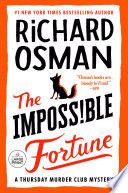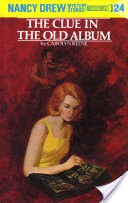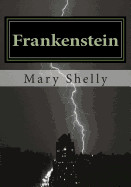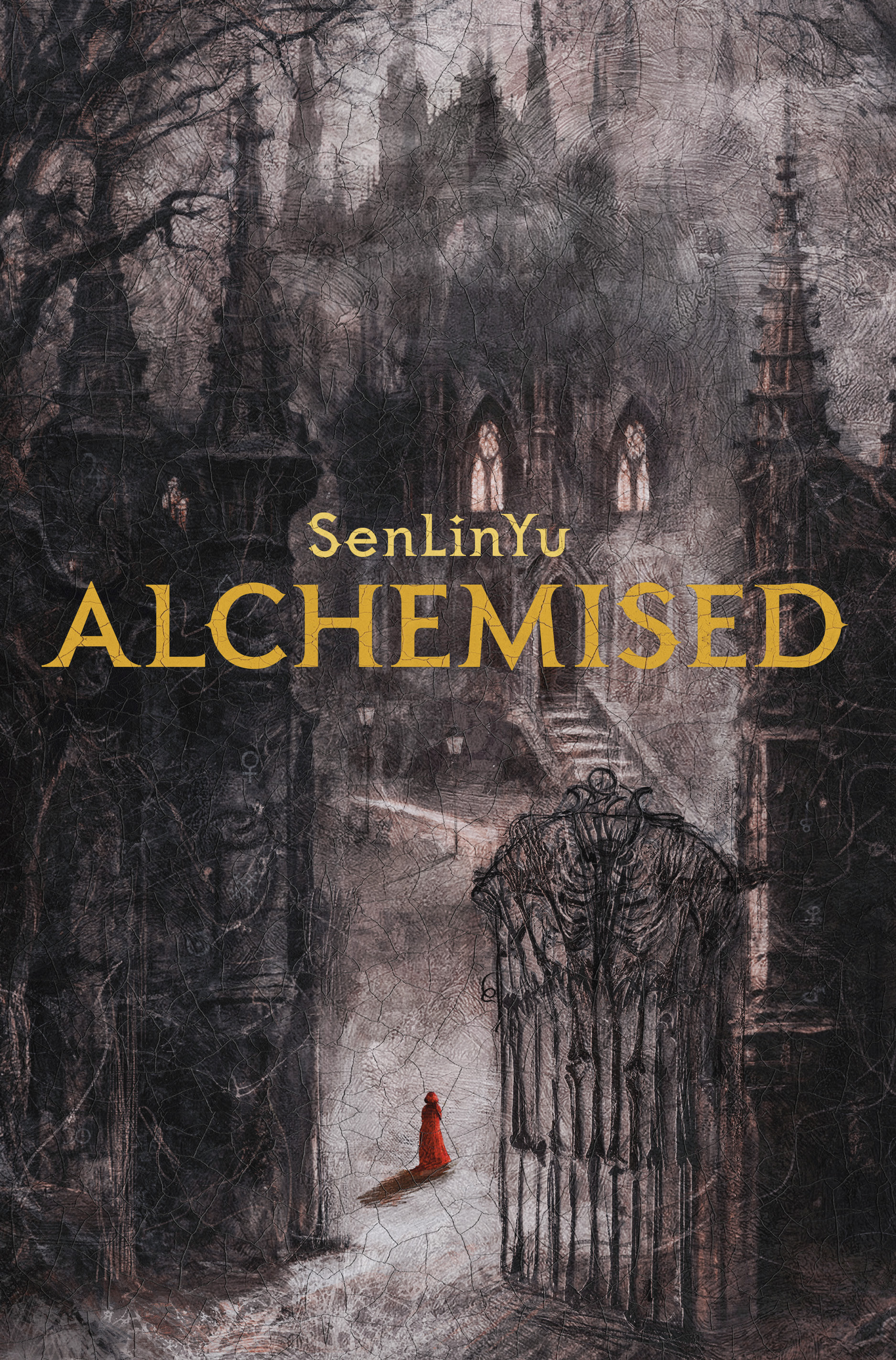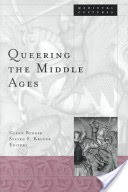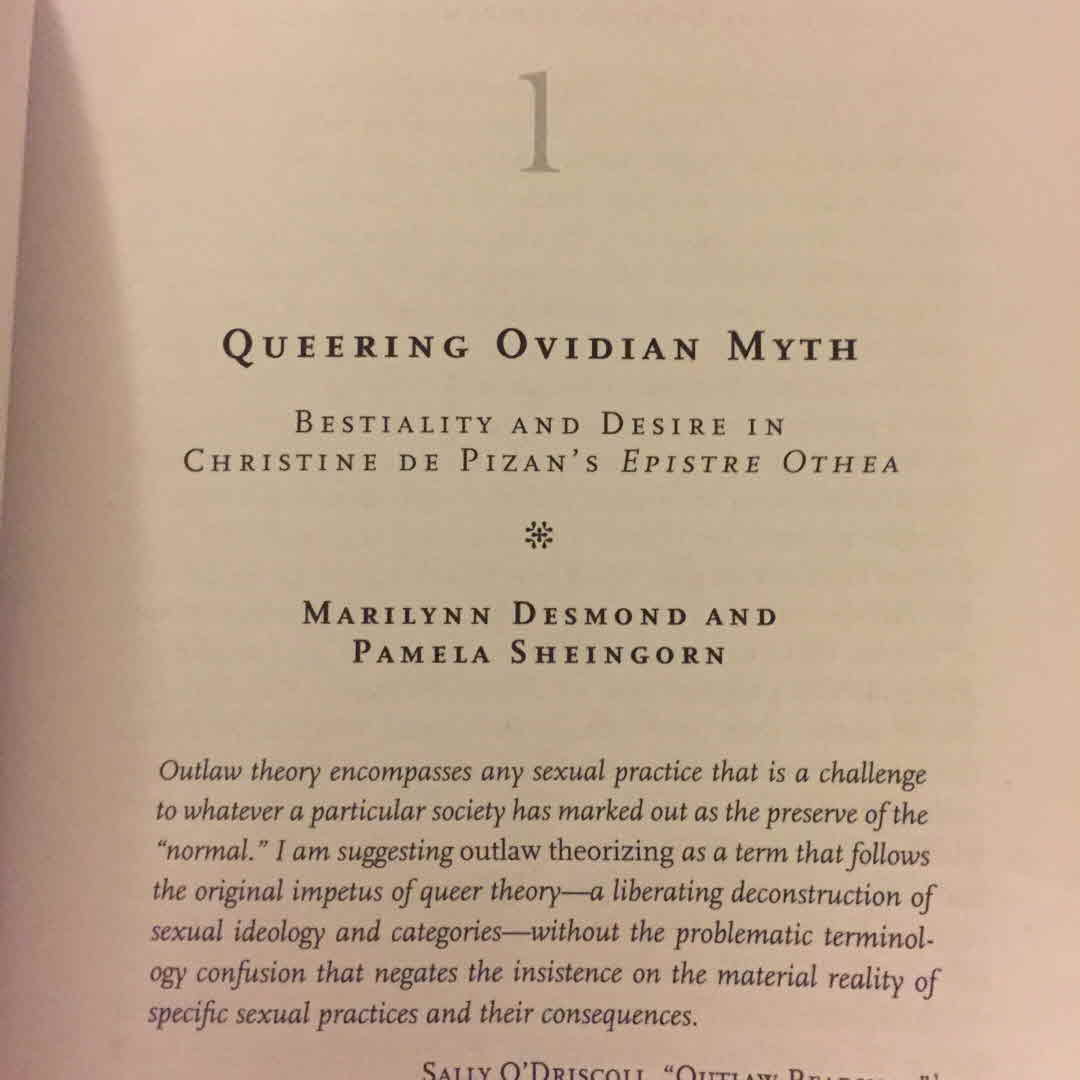
The opening essay, "Queering Ovidian Myth," delivers a powerful (re)assessment of the myth of Perseus and Andromeda according to Christine de Pizan and places the text in direct opposition to the heteronormativity of the Ovide Moralisé. Notably, the authors posit that the visual companions to Christine's texte reconfigure Andromeda's gaze to no longer be subject to Perseus' desire, granting Andromeda her own agency.
In other words: I love it.







